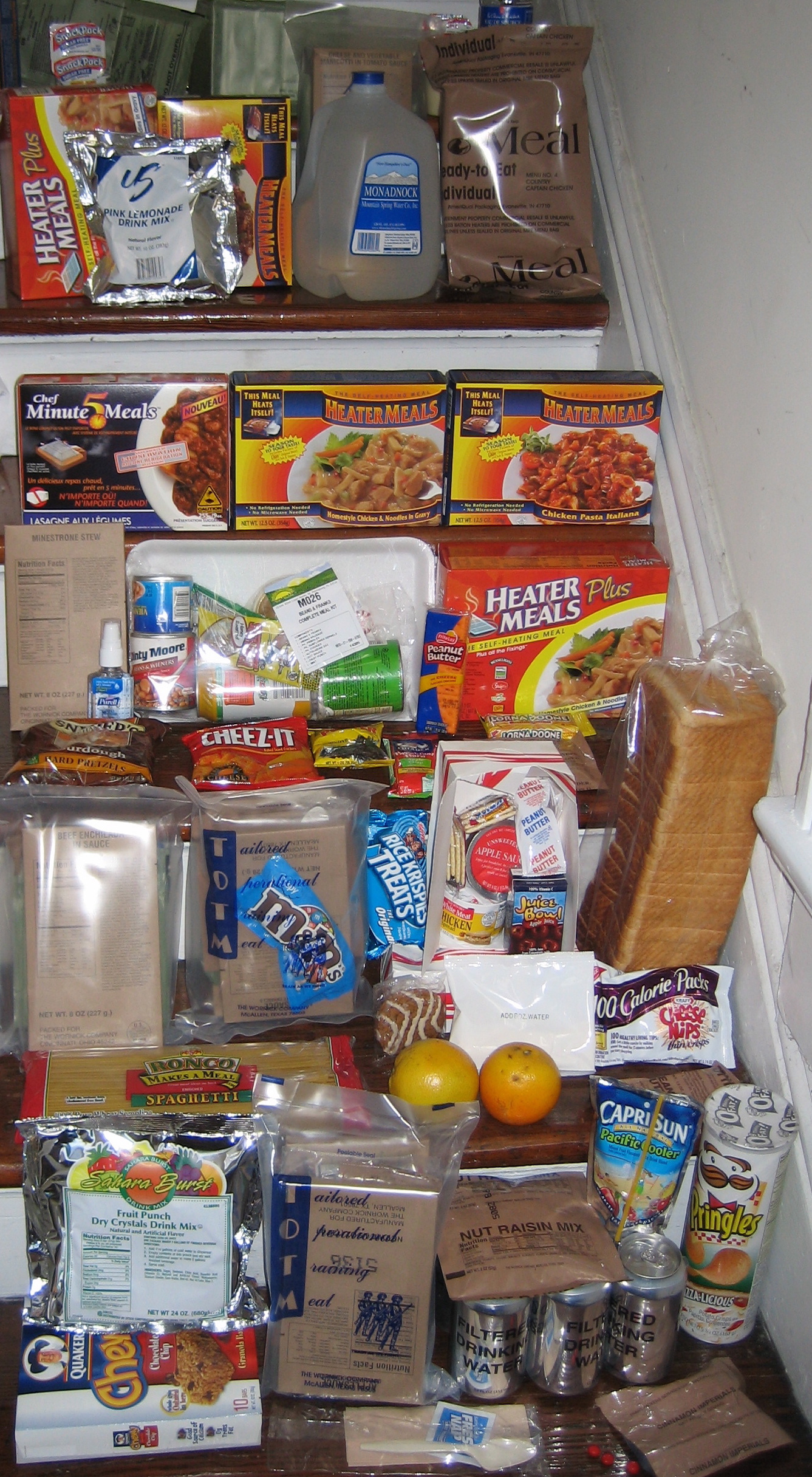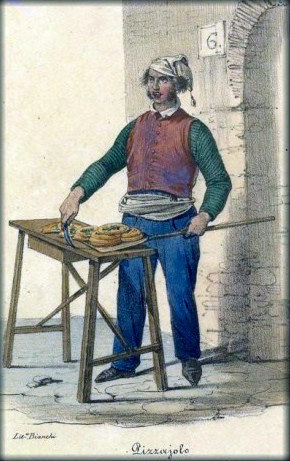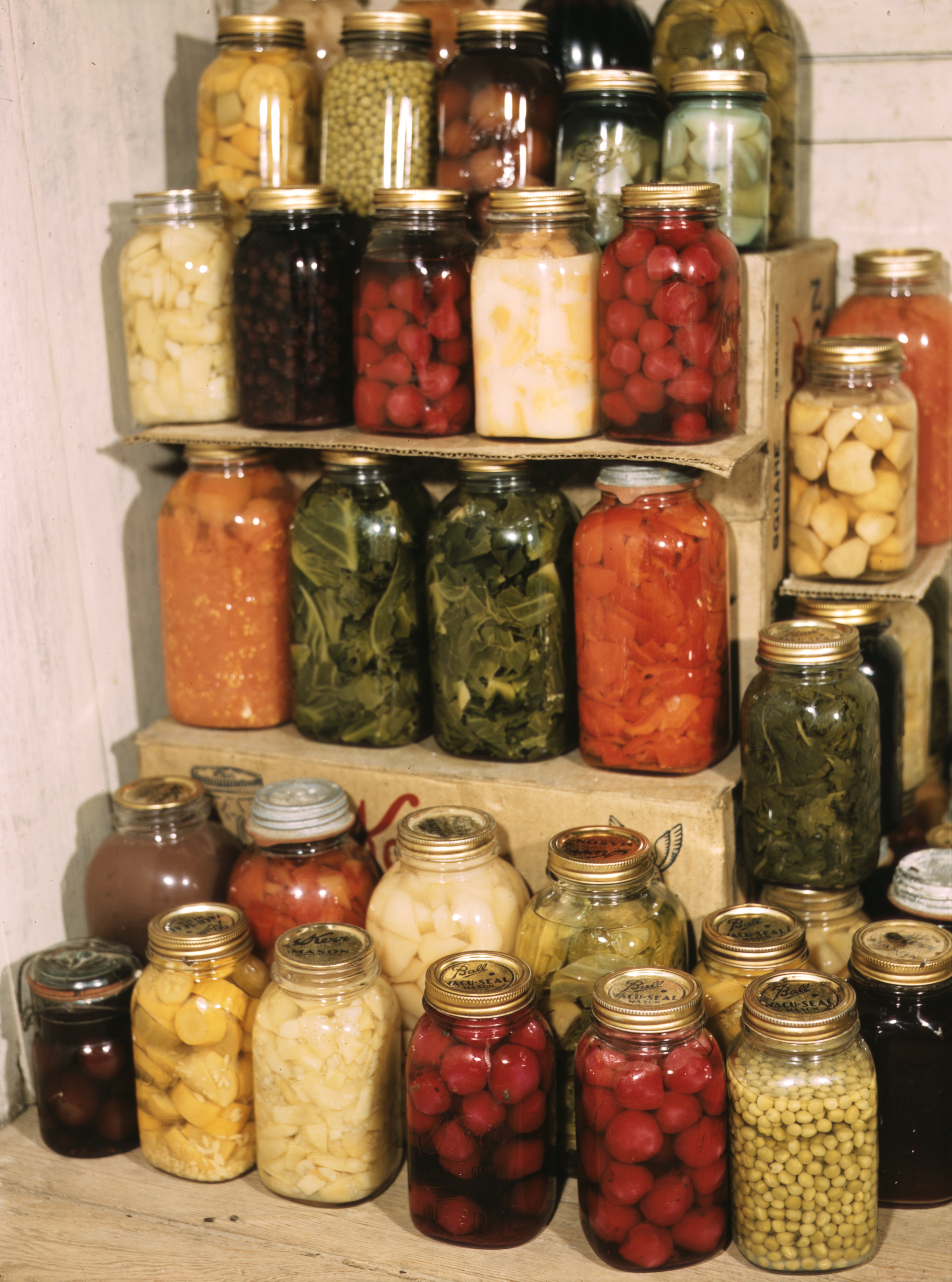|
Fleischmann's Yeast
Fleischmann's Yeast is an American brand of yeast founded by Hungarian-American businessman Charles Louis Fleischmann. It is currently owned by Associated British Foods and is sold to both consumer and industrial markets in the United States and Canada. The yeast is available in a number of different forms with various qualities and intended uses. Fleischmann's is also a brand name of corn oil margarine. History The company was founded by Hungarian Jews Charles Louis Fleischmann, his brother Maximilian, and James Gaff in Riverside, Cincinnati, in 1868, as Gaff, Fleischmann & Company. They exhibited their yeast at the 1876 Centennial Exposition. After Gaff's death in 1881, the name was changed to Fleischmann and Company, and then The Fleischmann Company in 1905. In 1924, the brothers' nephew Raoul Fleischmann, using the wealth generated by the family business, provided the funding for the launch of ''The New Yorker'' with his friend Harold Ross. Raoul invested $700,000 before th ... [...More Info...] [...Related Items...] OR: [Wikipedia] [Google] [Baidu] |
Yeast
Yeasts are eukaryotic, single-celled microorganisms classified as members of the fungus kingdom (biology), kingdom. The first yeast originated hundreds of millions of years ago, and at least 1,500 species are currently recognized. They are estimated to constitute 1% of all described fungal species. Some yeast species have the ability to develop multicellular characteristics by forming strings of connected budding cells known as pseudohyphae or false hyphae, or quickly evolve into a Multicellular organism, multicellular cluster with specialised Organelle, cell organelles function. Yeast sizes vary greatly, depending on species and environment, typically measuring 3–4 micrometre, μm in diameter, although some yeasts can grow to 40 μm in size. Most yeasts reproduce asexual reproduction, asexually by mitosis, and many do so by the asymmetric division process known as budding. With their single-celled growth habit, yeasts can be contrasted with Mold (fungus), molds, wh ... [...More Info...] [...Related Items...] OR: [Wikipedia] [Google] [Baidu] |
RJR Nabisco
R. J. Reynolds Nabisco, Inc., doing business as RJR Nabisco, was an American conglomerate, selling tobacco and food products, headquartered in the Calyon Building in Midtown Manhattan, New York City. R. J. Reynolds Nabisco stopped operating as a single entity in 1999. Both RJR (as R. J. Reynolds Tobacco Company) and Nabisco (now part of Mondelēz International) still exist. History RJR Nabisco was formed in 1985 by the merger of Nabisco Brands and R. J. Reynolds Tobacco Company. In 1988 RJR Nabisco was purchased by Kohlberg Kravis Roberts & Co. in what was at the time the largest leveraged buyout in history. In 1999, due to concerns about tobacco lawsuit liabilities, the tobacco business was spun off into a separate company and RJR Nabisco was renamed Nabisco Holdings Corporation. Nabisco is currently owned by Mondelēz International Inc. RJR Nabisco Holdings Corp. (NYSE: NGH) was the parent company of RJR Nabisco, Inc. After the food and tob ... [...More Info...] [...Related Items...] OR: [Wikipedia] [Google] [Baidu] |
Leavening Agents
In cooking, a leavening agent () or raising agent, also called a leaven () or leavener, is any one of a number of substances used in doughs and batters that cause a foaming action (gas bubbles) that lightens and softens the mixture. An alternative or supplement to leavening agents is mechanical action by which air is incorporated (i.e. kneading). Leavening agents can be biological or synthetic chemical compounds. The gas produced is often carbon dioxide, or occasionally hydrogen. When a dough or batter is mixed, the starch in the flour and the water in the dough form a matrix (often supported further by proteins like gluten or polysaccharides, such as pentosans or xanthan gum). The starch then gelatinizes and sets, leaving gas bubbles that remain. Biological leavening agents * ''Saccharomyces cerevisiae'' producing carbon dioxide found in: ** baker's yeast ** Beer barm (unpasteurised—live yeast) ** ginger beer ** kefir ** sourdough starter * ''Clostridium perfringen ... [...More Info...] [...Related Items...] OR: [Wikipedia] [Google] [Baidu] |
Food Additives
Food additives are substances added to food to preserve flavor or enhance taste, appearance, or other sensory qualities. Some additives, such as vinegar ( pickling), salt ( salting), smoke (smoking) and sugar (crystallization), have been used for centuries to preserve food. This allows for longer-lasting foods, such as bacon, sweets, and wines. With the advent of ultra-processed foods in the late 20th century, many additives having both natural and artificial origin were introduced. Food additives also include substances that may be introduced to food indirectly (called "indirect additives") in the manufacturing process through packaging, storage or transport. In Europe and internationally, many additives are designated with E numbers, while in the United States, additives in amounts deemed safe for human consumption are designated as GRAS. Identification To regulate these additives and inform consumers each additive is assigned a unique number called an "E number", which ... [...More Info...] [...Related Items...] OR: [Wikipedia] [Google] [Baidu] |
Fleischmanns, New York
Fleischmanns is a village within the town of Middletown in Delaware County, New York, United States. The population was 351 at the 2010 census. It is named after Charles Louis Fleischmann, a Hungarian Jewish manufacturer. History Early settlers of this area came from Germany, England, the Netherlands and Ireland. To reach this mountainous place, they traveled by horse and wagon (and later by stagecoach) over rough, dusty roads in summer and rutted, snowy paths in winter. Eventually, the road was resurfaced with planks from Kingston to Pine Hill with the cost of maintenance covered by tollgates along the way. Still, it was a difficult journey until the Ulster and Delaware Railroad reached the village from Rondout and Kingston on May 23, 1870. Fleischmanns was initially named Griffin Corners in honor of Matthew Griffin, a prominent lawyer (he was admitted to the bar in 1851) and businessman (he owned a store and later a hotel). He also helped to secure the village's first pos ... [...More Info...] [...Related Items...] OR: [Wikipedia] [Google] [Baidu] |
Julius Fleischmann
Julius Augustus Fleischmann (June 8, 1871 – February 5, 1925) was an American businessman, the long-time president of Fleischmann's Yeast, and a former mayor of Cincinnati. A bon vivant, sailor, and sportsman, he was the son of yeast magnate Charles Louis Fleischmann. Biography Fleischmann was born in Cincinnati to Austria- Hungarian immigrant, Charles Louis Fleischmann and his Prussian-born wife Henriette Robertson. His family was Jewish. Julius left college to become general manager of Fleischmann's Yeast in 1894 when he was 22 years old. He became president of the company in 1897, overseeing the company's expansion. Among the many interests of the Fleischmann family was baseball. In 1898, Fleischman financed the semiprofessional baseball team, the Cincinnati Shamrocks, which included the future Hall of Fame manager Miller Huggins. In 1900, Huggins played for Fleischmann's semiprofessional team based in the Catskill Mountains, the Mountain Tourists. In 1903 Fleischmann ... [...More Info...] [...Related Items...] OR: [Wikipedia] [Google] [Baidu] |
Extended Shelf Life
Shelf-stable food (sometimes ambient food) is food of a type that can be safely stored at room temperature in a sealed container. This includes foods that would normally be stored refrigerated, but which have been processed so that they can be safely stored at room or ambient temperature for a usefully long shelf life. Various food preservation and packaging techniques are used to extend a food's shelf life. Decreasing the amount of available water in a product, increasing its acidity, or irradiating or otherwise sterilizing the food and then sealing it in an air-tight container are all ways of depriving bacteria of suitable conditions in which to thrive. All of these approaches can extend a food's shelf life, often without unacceptably changing its taste or texture. For some foods, alternative ingredients can be used. Common oils and fats become rancid relatively quickly if not refrigerated; replacing them with hydrogenated oils delays the onset of rancidity, increasing ... [...More Info...] [...Related Items...] OR: [Wikipedia] [Google] [Baidu] |
Pizza
Pizza is an Italian cuisine, Italian, specifically Neapolitan cuisine, Neapolitan, dish typically consisting of a flat base of Leavening agent, leavened wheat-based dough topped with tomato, cheese, and other ingredients, baked at a high temperature, traditionally in a wood-fired oven. The term ''pizza'' was first recorded in 997AD, in a Latin manuscript from the Southern Italy, southern Italian town of Gaeta, in Lazio, on the border with Campania. Raffaele Esposito is often credited for creating the modern pizza in Naples.Arthur Schwartz, ''Naples at Table: Cooking in Campania'' (1998), p. 68. .John Dickie, ''Delizia!: The Epic History of the Italians and Their Food'' (2008), p. 186.Father Giuseppe Orsini, Joseph E. Orsini, ''Italian Baking Secrets'' (2007), p. 99. In 2009, Neapolitan pizza was registered with the European Union as a traditional speciality guaranteed (TSG) dish. In 2017, the art of making Neapolitan pizza was included on UNESCO's list of intangible cultura ... [...More Info...] [...Related Items...] OR: [Wikipedia] [Google] [Baidu] |
L-Cysteine
Cysteine (; symbol Cys or C) is a semiessential proteinogenic amino acid with the formula . The thiol side chain in cysteine enables the formation of disulfide bonds, and often participates in enzymatic reactions as a nucleophile. Cysteine is chiral, but both D and L-cysteine are found in nature. LCysteine is a protein monomer in all biota, and D-cysteine acts as a signaling molecule in mammalian nervous systems. Cysteine is named after its discovery in urine, which comes from the urinary bladder or cyst, from Greek κύστις ''kýstis'', "bladder". The thiol is susceptible to oxidation to give the disulfide derivative cystine, which serves an important structural role in many proteins. In this case, the symbol Cyx is sometimes used. The deprotonated form can generally be described by the symbol Cym as well. When used as a food additive, cysteine has the E number E920. Cysteine is encoded by the codons UGU and UGC. Structure Like other amino acids (not as a residue of a ... [...More Info...] [...Related Items...] OR: [Wikipedia] [Google] [Baidu] |
Proofing (baking Technique)
In cooking, proofing (also called proving) is a step in the preparation of yeast bread and other baked goods in which the dough is allowed to rest and rise a final time before baking. During this rest period, yeast Fermentation in food processing, ferments the dough and produces gases, thereby Leavening agent, leavening the dough. In contrast, proofing or blooming yeast (as opposed to proofing the dough) may refer to the process of first suspending yeast in warm water, a necessary hydration step when baking with baker's yeast#Types of baker's yeast, active dry yeast.Instant dry yeast may be placed directly into flour without hydrating first. Proofing can also refer to the process of testing the viability of dry yeast by suspending it in warm water with carbohydrates (sugars). If the yeast is still alive, it will feed on the sugar and produce a visible layer of foam on the surface of the water mixture. Fermentation rest periods are not always explicitly named, and can appear in r ... [...More Info...] [...Related Items...] OR: [Wikipedia] [Google] [Baidu] |
Shelf Stable
Shelf-stable food (sometimes ambient food) is food of a type that can be safely stored at room temperature in a sealed container. This includes foods that would normally be stored refrigerated, but which have been processed so that they can be safely stored at room or ambient temperature for a usefully long shelf life. Various food preservation and packaging techniques are used to extend a food's shelf life. Decreasing the amount of available water in a product, increasing its acidity, or irradiating or otherwise sterilizing the food and then sealing it in an air-tight container are all ways of depriving bacteria of suitable conditions in which to thrive. All of these approaches can extend a food's shelf life, often without unacceptably changing its taste or texture. For some foods, alternative ingredients can be used. Common oils and fats become rancid relatively quickly if not refrigerated; replacing them with hydrogenated oils delays the onset of rancidity, increasing ... [...More Info...] [...Related Items...] OR: [Wikipedia] [Google] [Baidu] |





